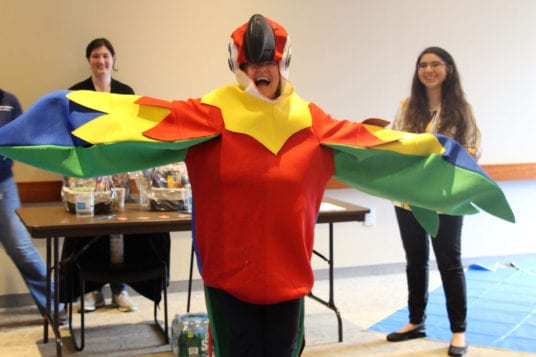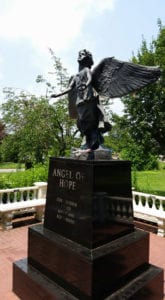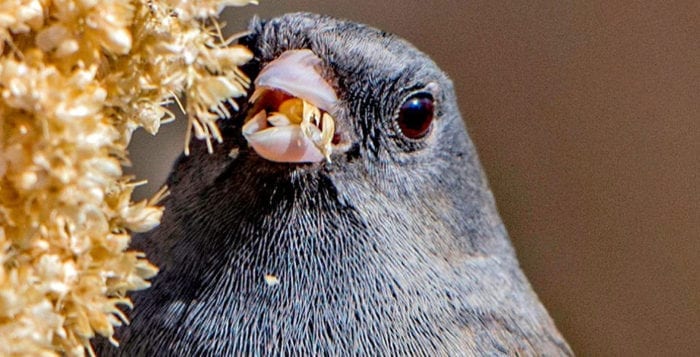Love and grief go hand-in-hand when it comes to the death of a family member.
Six years after 15-year-old Gabriel Phillippe died of a heroin overdose, his family, members of the North Shore Youth Council and surrounding community, showed that love never dies in the midst of tragedy.
Last Friday, the Phillippe family and town residents joined the youth council in remembering Gabe, who died on April 22, 2010, and others who lost their battle to an addiction. According to North Shore Youth Council Executive Director Janene Gentile, the ceremony, Light A Candle For Gabe and Those We Have Lost Due to the Battle of Addiction, focused on supporting one another and honoring the emotions that accompany the drug-related death of a loved one. Claudia Friszell, an advisory committee member for the Families in Support of Treatment organization, reminded those in attendance that remembering loved ones is a process.
“In order for you to heal, you no longer wear your grief as a badge,” Friszell said during the ceremony. “But you own it and hold onto it and let it go. That doesn’t mean you stop grieving or stop remembering. It just means you’ve let that grief evolve.”
According to social worker and attorney Millicent Garofalo, grief is a sign of how much one person or people loved another. Garofalo added that the community discusses a parent’s grief over losing a child, but forgets that this situation also affects siblings.

“They’re losing someone they’ve known forever,” Garofalo said during the ceremony. “When you lose the sibling, you’re losing a part of yourself.”
Gabe’s father, Bryan Phillippe, was among the ceremony speakers at the youth council’s headquarters on the Joseph A. Edgar Intermediate School grounds. While he said his family did what they could to help Gabe, he added that addicts must also be willing to accept help. Marcie Wilson, office manager at the youth council, said this wasn’t the first time Gabe’s family contacted the youth council about holding a candle lighting for the teen and others who died because of addiction.
Each resident received a small white bag containing a flameless candle that attendees placed at the base of Gabe’s Belonging Tree outside the North Shore Youth Council. Attendees were asked to write down a positive and negative memory. Papers containing negative memories were burned after residents finished arranging the white bags and placing white flowers into Gabe’s tree.
“This disease has affected Long Island so badly, and the disease of addiction is a family disease,” said Huntington Station resident Emma Amoreisky, whose son battled alcohol addiction for several years. She added that while she understands the pain of those whose children are still suffering, she “can’t even imagine the pain of the ones who’ve already lost their child.”
According to Founder and Executive Director of FIST, Anthony Rizzuto, addiction doesn’t discriminate. Some families or individuals dealing with drug addiction aren’t always comfortable asking for help. Rizzuto said, “until we can stop the stigma and stop the shame associated with addiction, it’s going to be really hard to make a difference.”














 Patios are built at ground level and lead out of the back of a house. They have basically the same benefits as decks do. One advantage of patios is that made of cement, stone, slate or other hard material, they need virtually no maintenance. If a weed barrier is placed under the stone or slate, you don’t even need to spray to keep weeds from popping up between the stones. Since patios are at ground level, they do not need a railing around them. Don’t forget to add some lighting so you can enjoy your patio in the evening. Patios can be built so they blend into the deck of an in-the-ground swimming pool if you have one.
Patios are built at ground level and lead out of the back of a house. They have basically the same benefits as decks do. One advantage of patios is that made of cement, stone, slate or other hard material, they need virtually no maintenance. If a weed barrier is placed under the stone or slate, you don’t even need to spray to keep weeds from popping up between the stones. Since patios are at ground level, they do not need a railing around them. Don’t forget to add some lighting so you can enjoy your patio in the evening. Patios can be built so they blend into the deck of an in-the-ground swimming pool if you have one. The main disadvantage of a deck is that the wood needs to be treated periodically so it will not decay. If this is not done, you will find yourself doing more frequent repairs. However, you can get around this by using man-made “wood,” which lasts much longer.
The main disadvantage of a deck is that the wood needs to be treated periodically so it will not decay. If this is not done, you will find yourself doing more frequent repairs. However, you can get around this by using man-made “wood,” which lasts much longer.
















